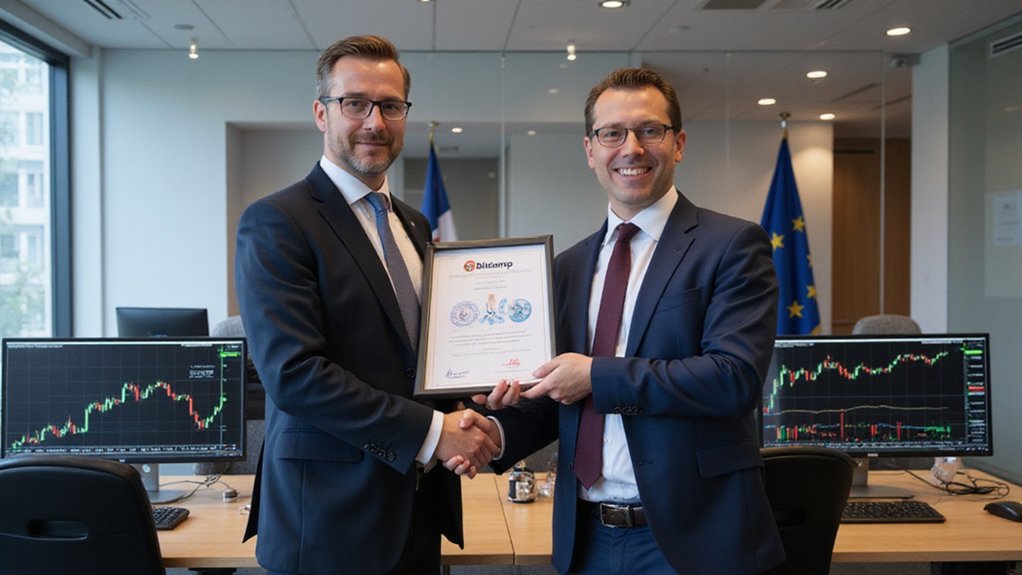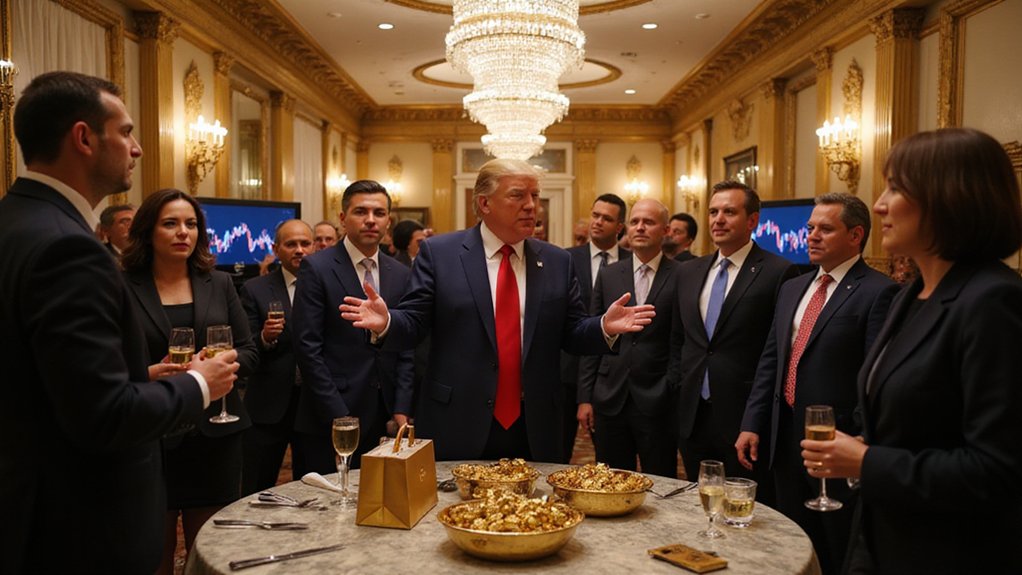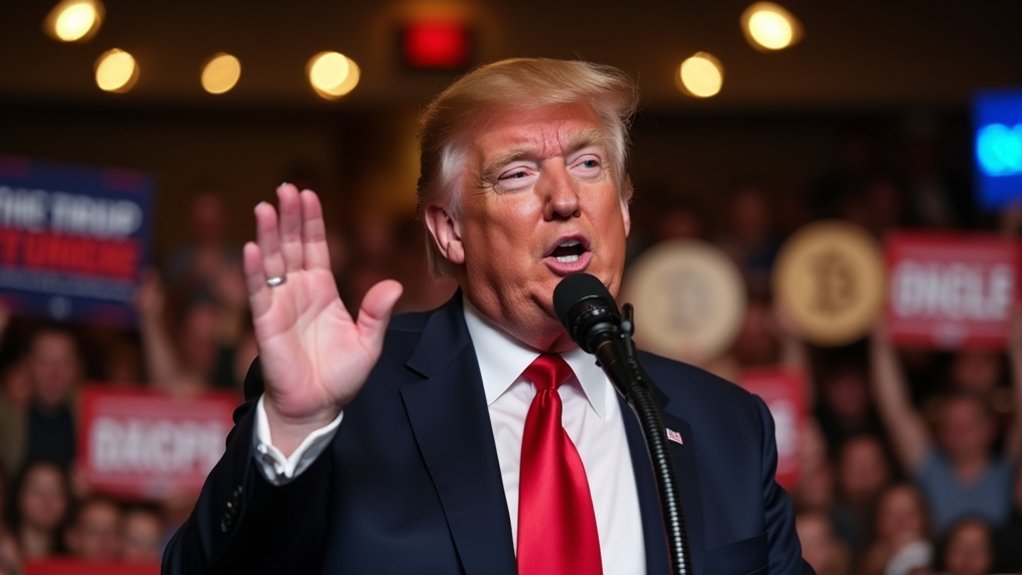How exactly does one regulate assets designed to evade traditional financial guardrails?
This question has perplexed the Securities and Exchange Commission, which established its Crypto Task Force in January 2025 following the Trump administration’s executive order demanding regulatory clarity.
The SEC’s subsequent pivot toward structured engagement—endorsed by Commissioner Hester Peirce—marks an intriguing departure from its previously antagonistic stance.
The SEC’s embrace of structured dialogue signals a welcome evolution beyond its former adversarial posture toward digital assets.
The Commission’s collaborative rulemaking approach has already borne fruit.
A March roundtable on security classification and upcoming discussions on tokenization suggest a regulatory body finally willing to listen before legislating.
Acting Chair Mark Uyeda’s support for time-limited exemptive relief demonstrates a welcome recognition that innovation sometimes requires regulatory breathing room.
(One wonders where this pragmatism was hiding during the previous administration’s enforcement blitz.)
Recent enforcement shifts further illustrate this recalibrated posture.
The dismissal of claims against Coinbase and the declaration that memecoins don’t constitute securities signal a more nuanced understanding of the crypto ecosystem—though OKX’s penalties for unlicensed money services indicate the SEC hasn’t abandoned its watchdog role entirely.
The regulatory priorities now focus on developing tailored disclosure requirements while exploring diverse custody models, including self-custody options that would have been unthinkable under previous leadership.
This balanced approach aims to reconcile innovation with investor protection, though skeptics might question whether this pendulum swing will endure.
The proposed four-category taxonomy for crypto assets represents a significant step toward clarifying which digital tokens fall under SEC jurisdiction and which may be exempt from securities regulations.
The second roundtable specifically addressed whether secondary market transactions of digital assets satisfy the Howey test without pooling or managerial involvement, reinforcing the need for clearer definitional boundaries.
Industry reactions remain predictably mixed.
While many praise the structured stakeholder engagement, others express concern about inconsistent application of securities laws.
The persistence of private litigation as an enforcement alternative suggests the regulatory landscape remains treacherous despite policy shifts.
Looking ahead, the SEC faces the formidable challenge of developing adaptive frameworks for emerging technologies like DeFi while coordinating with international regulators.
The question remains whether these efforts will produce the technology-neutral standards necessary for a truly functioning crypto market—or whether this regulatory détente simply represents the calm before another enforcement storm.
Howard Winklevoss’s championing of industry-led self-regulation through the Virtual Commodity Association offers a promising alternative to traditional regulatory approaches.









